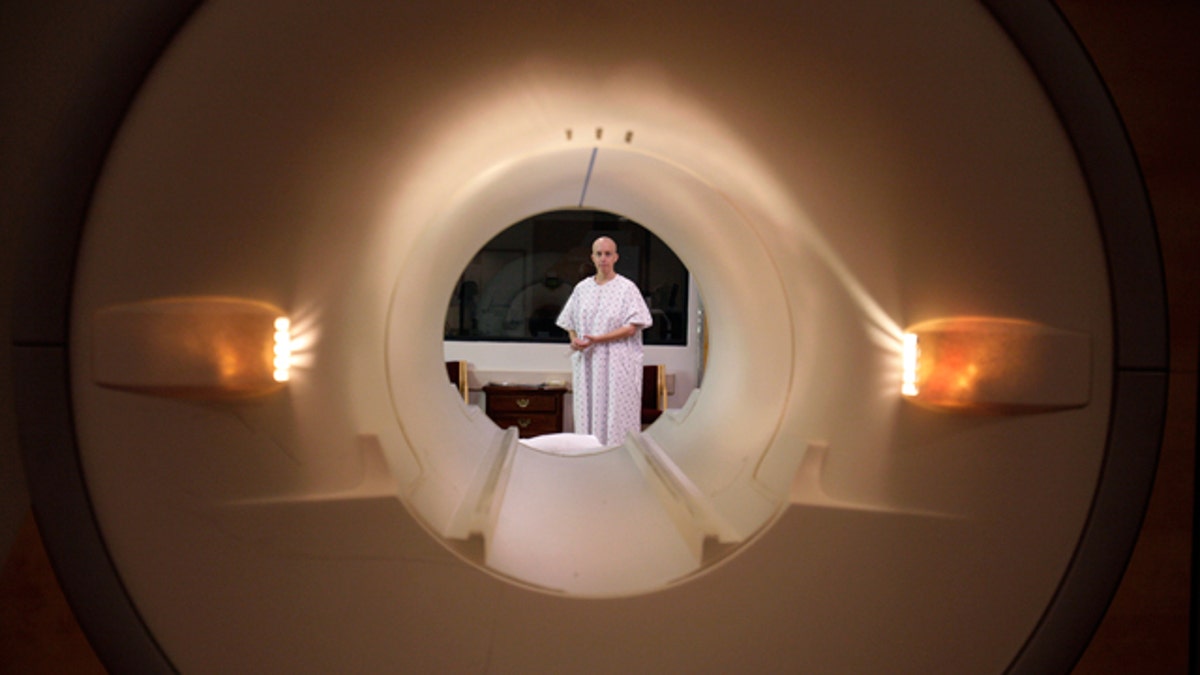
Pancreatic cancer is the fourth leading cause of cancer death in the United States. According to the National Cancer institute, approximately 44,000 people will be diagnosed with pancreatic cancer in 2012, and 37,000 will die from the disease. Within the first year of diagnosis, nearly 75 percent of pancreatic cancer patients die.
Part of the problem is that most people don’t recognize the symptoms of pancreatic cancer in the early stages of the disease, meaning the cancer isn’t detected until it reaches advanced stages. And even when the cancer is caught early, it tends to spread rapidly.
Risk factors of pancreatic cancer include smoking, obesity, diabetes and a family history of pancreatic cancer. Meanwhile, signs of the cancer include upper abdominal pain, loss of appetite, depression, weight loss, jaundice, digestive problems, gallbladder enlargement and blood clots.
Doctors diagnose pancreatic cancer though a physical exam that focuses on the abdomen and includes imaging tests such as CAT scans, MRIs or ultrasounds, as well as blood tests. If the exam indicates a high likelihood of cancer, a surgeon will perform a biopsy known as a fine needle aspiration biopsy to retrieve tissue samples from the pancreas.
Once diagnosed, treatments for pancreatic include chemotherapy, targeted therapy, immunotherapy, radiation therapy and a variety of surgeries: stents, biliary and gastric bypass, total pancreatectomy, distal pancreatectomy and the Whipple procedure, which is the most commonly performed surgery.
While the Whipple procedure can have excellent outcomes for patients, according to oncologists -- the ‘holy grail’ for pancreatic cancer is really finding the proper screening tool. Even though there have been advances looking at new therapeutic agents, we know very well that to get a better cure rate for this devastating disease, we have to find a better way to pick it up in its early stages.
Currently, we rely on examining risk factors and the use of either ultrasounds or scans to diagnose pancreatic cancer, but I’m very excited about the potential of utilizing biomarkers for future diagnoses.
According to data presented recently at the American Association for Cancer Research, researchers from the University of Utah have found that screening a panel of biomarkers may be a good way to diagnose pancreatic cancer because certain subtypes of the disease may have identifiable genetic characteristics. I hope we will soon be seeing some of these tests used on high-risk patients.
Finally, I’m also very excited about recent findings that the diabetes drug metformin may be able to kill pancreatic cancer stem cells – or, in other words, the cells that initiate the growth of the tumor. Any steps forward we can make in the prevention and treatment of pancreatic cancer, as well as its recurrence – is a step in a very positive direction.
